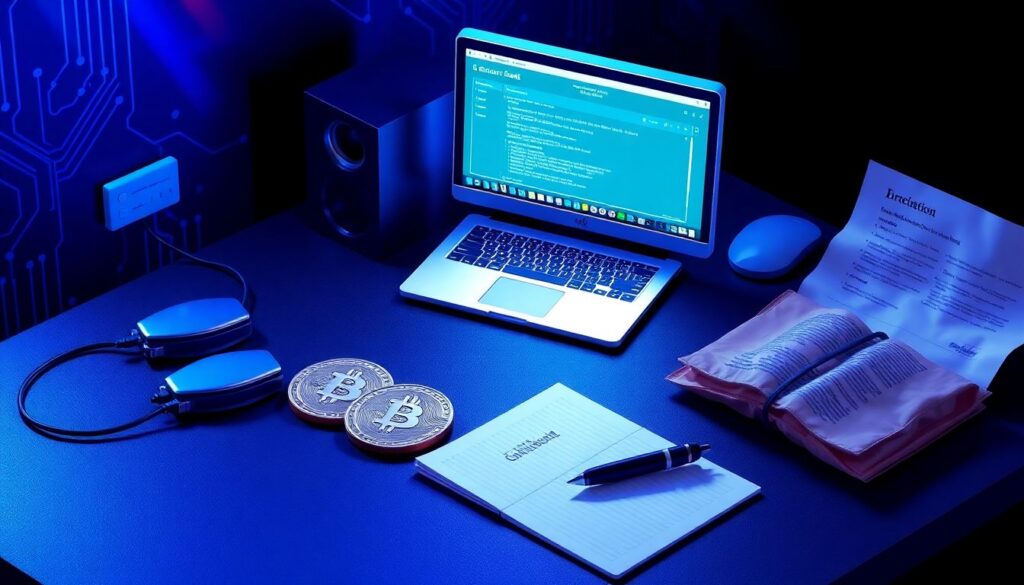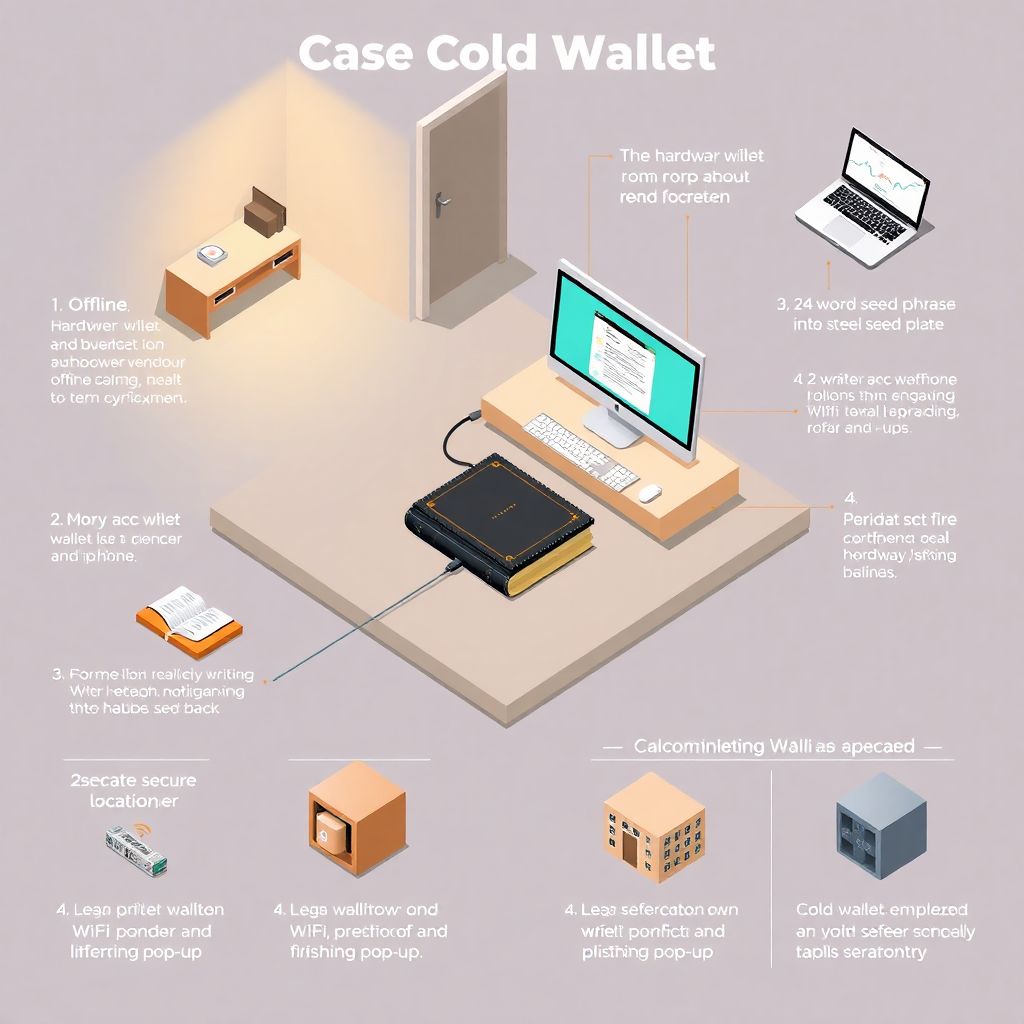Intro: why bother with a cold wallet workflow
A secure cryptocurrency cold wallet workflow is basically a disciplined routine for creating, using and backing up keys fully offline. Instead of trusting a single gadget or app, you construct a chain of steps that reduces every obvious attack surface: internet, malware, phishing and human error. Compared to leaving funds on an exchange or in a mobile app, a cold wallet workflow feels slower and more “paranoid”, but that friction is what protects you from catastrophic loss. Once the process is documented and rehearsed a couple of times, it becomes repeatable, auditable and shareable with trusted family members or business partners who may need access in emergencies.
Necessary tools and environment

At the core you’ll need a hardware wallet or an air‑gapped device, plus a clean online machine for broadcasting transactions. Many people pick the best hardware wallet for long term crypto storage they can afford, and then add low‑tech components: steel seed plates, a fireproof bag, and a physical notebook for procedures. Your workspace matters too: do the critical steps (seed generation, passphrase setup) in a private room, with no cameras, and ideally with phones powered off. Treat this like opening a safe in a bank vault, not like checking email in a café with public Wi‑Fi.
Comparing cold storage options
There are three main crypto cold storage solutions for investors: hardware wallets, paper/steel backups, and fully air‑gapped laptops or mini‑PCs. Hardware wallets win on usability and firmware‑level protections; paper or steel backups are great as a disaster‑recovery layer but terrible for day‑to‑day signing; air‑gapped computers give flexibility for power users who want custom software. In practice, most people blend these: a hardware wallet as the primary signer, backed by metal-engraved seed phrases. This hybrid approach keeps the operational flow simple while still allowing you to rebuild everything if the device is lost, seized or fails unexpectedly.
Cold wallet vs hot wallet: which is safer
The debate cold wallet vs hot wallet which is safer for crypto is less about theory and more about your behavior. Hot wallets are directly connected to the internet, perfect for small, frequent transactions but constantly exposed to phishing, SIM swapping and compromised browsers. Cold wallets move your private keys offline, so malware can’t simply exfiltrate them. The catch is operational risk: if you miswrite a seed, forget a passphrase or mishandle backups, nobody can help you recover funds. For meaningful amounts, the risk of online attacks usually dwarfs the risk of careful self‑custody, which is why long‑term holdings belong in cold storage.
Step-by-step cold wallet creation

If you want to know how to set up a secure crypto cold wallet step by step, think in layers: entropy, keys, backups, and test runs. A secure bitcoin cold wallet setup guide typically starts with generating the seed phrase fully offline and ends with a small test withdrawal. Variations appear in how paranoid you go: some users insert an extra BIP39 passphrase, others use multisig. Multisig adds redundancy but also more moving parts and more places to make mistakes. For a first workflow, a single hardware wallet plus strong passphrase and properly duplicated seed backups is usually the most robust balance.
Practical step sequence (numbered)
1. Buy a sealed hardware wallet from a reputable source and verify authenticity on the vendor’s site.
2. Disconnect the computer from the internet, then initialize the wallet and write down the seed on paper or metal.
3. Add a passphrase if supported, documenting it separately from the seed.
4. Reconnect, install the wallet’s companion app, and connect the device to derive public addresses.
5. Send in a small deposit, then a test withdrawal back out to another wallet.
6. Once confirmed, move larger funds, then store device and seed backups in physically separated, secure locations.
Operating the cold wallet day-to-day
Once the workflow is live, the day‑to‑day routine is about discipline. You generate unsigned transactions on an online machine, sign them on the hardware wallet, and broadcast them back online. Never type the seed or passphrase into a computer; they should only ever live in your head and on analog media. Keep your hot wallets for coffee‑money; the cold wallet should see slow, deliberate movements only. Document each step in a simple runbook so you aren’t improvising under time pressure. That documentation also becomes crucial if heirs or partners ever need to follow your process without guesswork.
Troubleshooting and common pitfalls
Most issues come from either mis‑backups or device quirks. If a recovery check fails, stop and rebuild the setup before sending serious funds. Firmware update stuck? Unplug, reboot, and verify checksums from the vendor before retrying, ensuring you’re not flashing malicious software. If the device is damaged or lost, calmly perform recovery on a new unit using your seed and passphrase, then immediately move funds to a fresh wallet to invalidate any old exposure. When in doubt, practice with tiny amounts first; iterating on the process with negligible funds is far cheaper than learning during a crisis.

